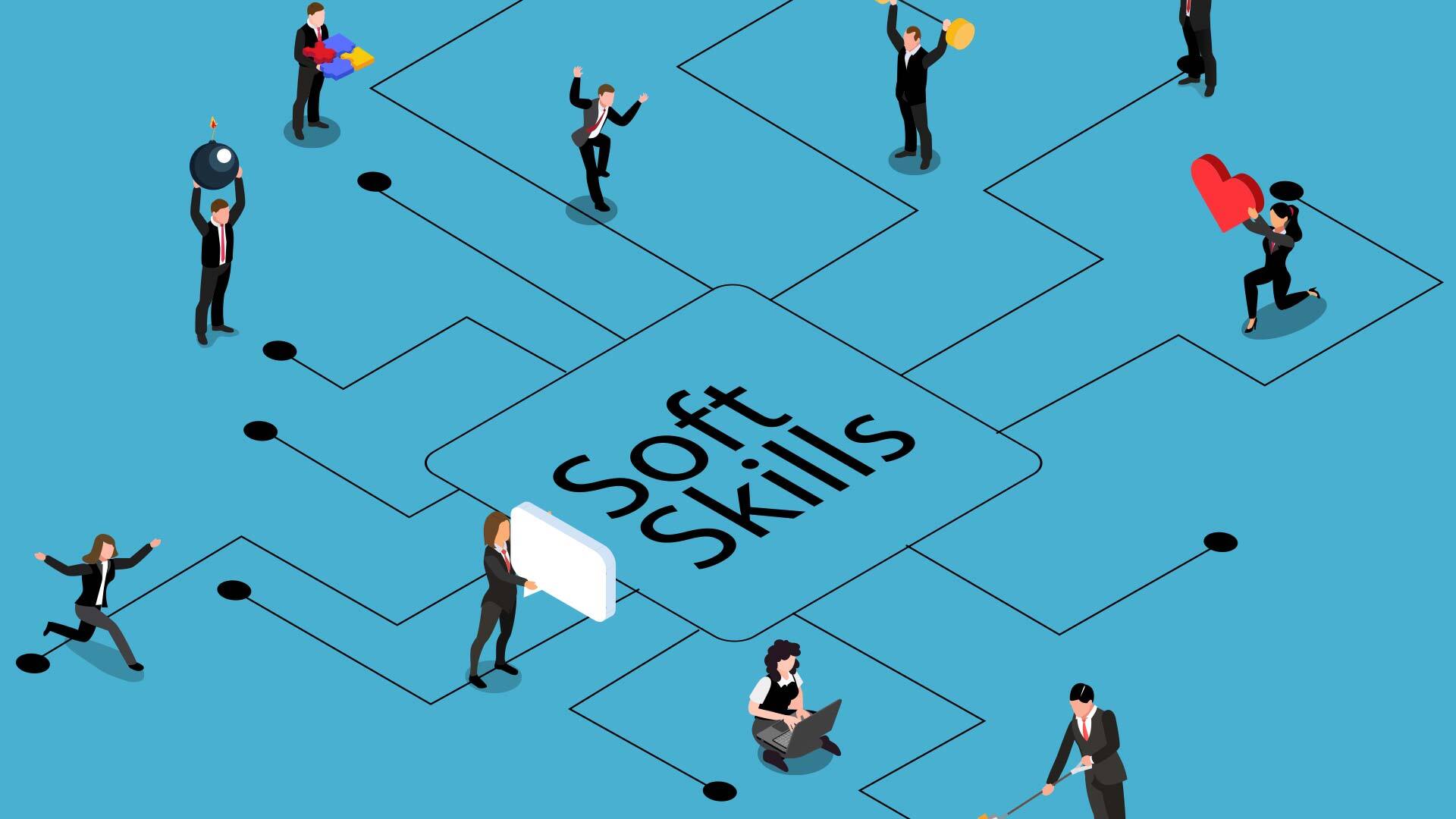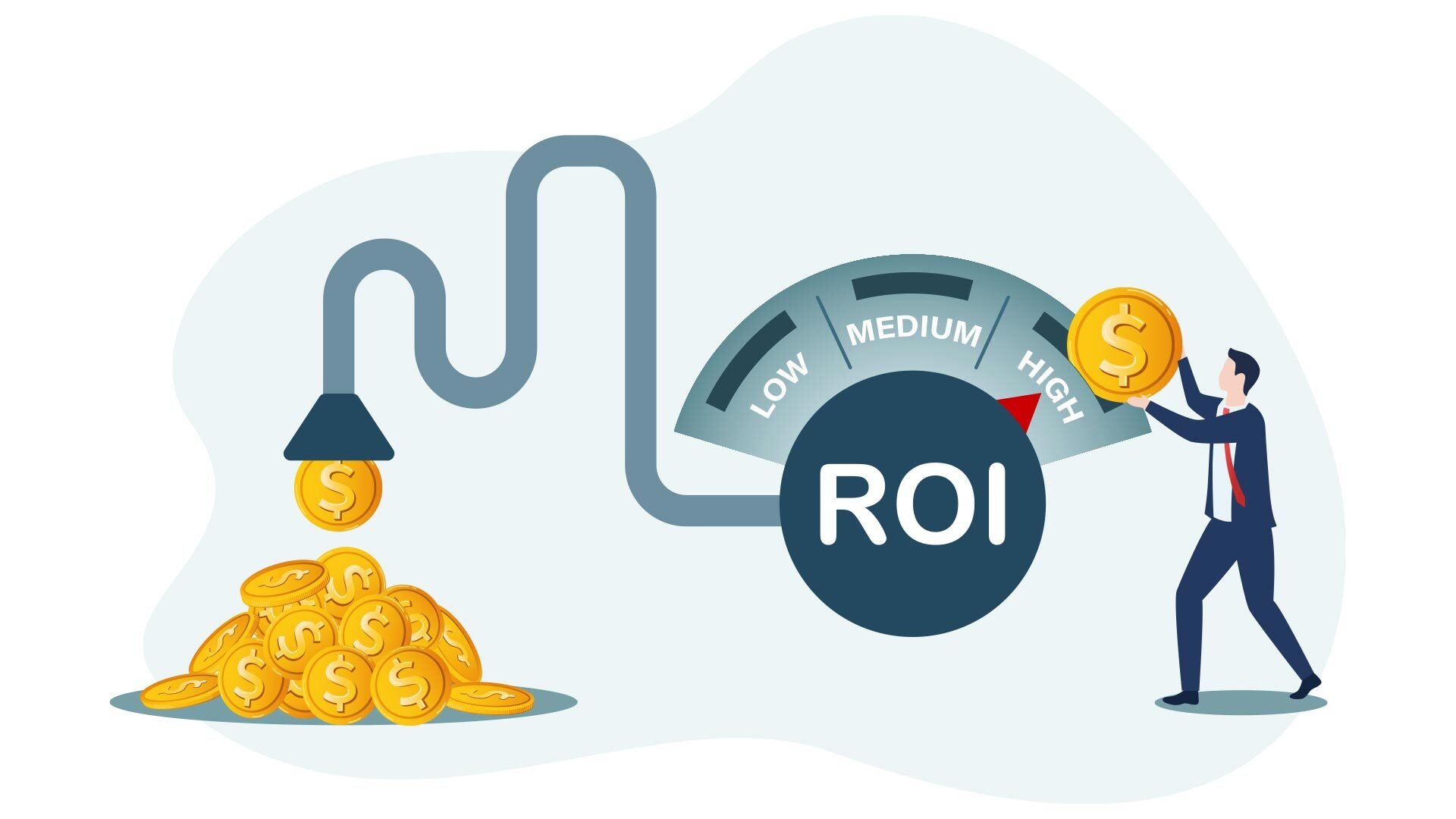6 min read
How to Design Soft Skills Training That Actually Changes Behavior
 Jennifer Lindsay-Finan
:
Jun 9, 2025 8:00:00 AM
Jennifer Lindsay-Finan
:
Jun 9, 2025 8:00:00 AM

Why Soft Skills Still Fail—And What to Do About It
After a recent session, a participant told us, “That was really helpful—but I’m still not sure what to do differently tomorrow.” That moment stuck with us. Because if great content doesn’t lead to clear action, it’s not really learning—it’s noise.
Key Takeaways
- Behavioral skill development requires more than great content—it demands intentional design
- Design for application, not just awareness, using hybrid-relevant scenarios and reflection
- The virtual classroom matters—when designed well, it creates a safe space for practice
- The InQuire Engagement Framework® supports engagement across emotional, environmental, and intellectual layers
- Soft skills can’t be measured by quizzes—but growth can be observed through behavior, reflection, and feedback
Everyone’s talking about soft skills—but most programs still miss the mark. Learners leave sessions saying it was “useful,” but their behavior doesn’t change. Communication still breaks down. Engagement still lags. Collaboration still feels like a chore.
In a hybrid workplace, these challenges only grow. We don’t need more information—we need better design. This blog is for anyone tired of checking boxes and ready to design learning that actually shifts behavior.
What’s At Stake in Hybrid Learning Environments
Hybrid work demands more from communication and collaboration, yet it offers fewer natural opportunities to practice. That makes learner engagement harder to sustain and learner experience more fragmented.
Leaders can’t read the room. Team members struggle with unclear expectations. Feedback is often delayed or avoided entirely. These gaps aren’t just annoying—they’re costly.
When learner engagement drops, so does retention and skill transfer. A disconnected learner experience weakens the impact of even the best content.
According to the 2024 LinkedIn Learning Report, 49% of L&D professionals say their executives are worried employees aren’t prepared for the future of work. And 77% of CEOs cite the lack of soft skills as a barrier to growth.
The business case is clear. The learning design often isn’t.
Why the Virtual Classroom Still Matters
In an age of microlearning and AI-driven content, it’s tempting to sideline the virtual classroom. But it remains one of the most powerful environments for soft skills development.
Why? Because it creates live, human interaction in real time. Facilitators can observe behavior, model empathy, and guide roleplay. Learners can see how their tone, language, and timing land with others.
The virtual classroom also supports reflection—something essential for behavior change. Breakouts, chat discussions, and live debriefs turn abstract concepts into real growth moments. And for soft skills, that kind of feedback loop is irreplaceable.
For more on how skilled facilitation drives learner engagement in virtual settings, see our blog post on "Strategies for Modern Learner Engagement".
Why Designing for Soft Skills Is So Hard
Everyone agrees soft skills matter. But ask any facilitator or L&D leader how to teach them, and the answers get fuzzy—especially in hybrid work environments.
It’s not that we don’t want to teach communication, empathy, or leadership. The challenge is in the design. Most programs rely on outdated models that focus on content instead of behavior. And in hybrid learning, where body language is limited and interaction is filtered through screens, it gets even tougher.
You can’t fix soft skill gaps with one-off workshops or eLearning modules. To drive real behavior change, your design strategy has to change first.
As Karen Vieth, President of InSync Training, explains in "The Evolution of Learning: Mastering Global Upskilling in a Hybrid World", hybrid learning requires more than format shifts—it demands a rethinking of what learning looks like and how we make it meaningful across borders and time zones.
We’ve all sat through a soft skills session that felt more like a checkbox than a learning experience. That’s not a content problem—it’s a design failure.
If you're still exploring why soft skills matter in hybrid work, read "Teaching Emotional Intelligence for Hybrid Leadership Success." It unpacks the urgency behind this conversation.
The Difference Between Content and Behavior
Many soft skills programs confuse awareness with ability. They share great information—on what empathy looks like or how to manage a conversation—but stop short of creating true behavior change.
The truth? Knowing isn’t the same as doing.
If your program focuses too much on content delivery and not enough on application, learners may walk away smarter—but not more effective.
To build behavior, you need:
- Relevant, real-world scenarios
- Practice that reflects hybrid dynamics
- Space for reflection and feedback
- A structure that reinforces progress over time
This requires a different kind of instructional design—one that prioritizes context, coaching, and continuous engagement.
5 Design Strategies to Build Soft Skills That Stick
1 - Design for Application, Not AwarenessToo many programs teach about soft skills. Instead, design for demonstration.
Use scenario-based learning that mirrors real hybrid challenges. For example:
-
- Handling conflict in a team chat
- Leading meetings with camera-optional attendees
- Giving feedback asynchronously
Create prompts that ask learners to choose a response, explain their reasoning, and reflect on outcomes. This pushes learners to think—and act—like they would on the job.
2 - Reinforce Through Spaced PracticeSoft skills aren’t learned in a single session. They’re developed through repetition, feedback, and reflection.
Build a learning arc that stretches over time. Include:
-
- Initial virtual classroom sessions with guided practice
- Asynchronous check-ins or journaling prompts
- Peer feedback activities
- Optional coaching or office hours
The goal is to help learners recognize patterns, test new approaches, and refine them, just like they would with any technical skill.
Real-World Example: One InSync client, a global software company, redesigned its soft skills onboarding to span four weeks. Each week included a 90-minute virtual classroom, asynchronous reflection, and one-on-one coaching. By week three, new managers reported increased confidence in leading difficult conversations—a skill they had previously avoided. The program didn’t just deliver content; it changed behavior in real hybrid settings.
That’s why all our Hybrid Leadership Accelerator workshops include a Personal Development Journal—to help learners reflect, apply, and build new habits. Because behavior change doesn’t happen in the session. It happens between them.
3 - Use the InQuire Engagement Framework®InSync’s InQuire Engagement Framework® helps designers think holistically about engagement.
Design for all three dimensions:
-
- Emotional: Create psychological safety so learners can explore discomfort or uncertainty
- Environmental: Align the design to how people learn—across devices, schedules, and modalities
- Intellectual: Make learning mentally challenging and relevant to workplace performance
For example, ask leaders to reflect on a recent virtual conflict, discuss their emotional response in breakout groups, and then roleplay a better outcome. That’s emotional, environmental, and intellectual engagement in one activity!
Want to learn more? Explore the InQuire Framework® and how it powers our Design Mastery Certification.
Want to dig deeper into emotional engagement? Check out "Nurturing Emotional Engagement in the Virtual Classroom" for facilitation techniques that build trust and connection.
4 - Make Behavior VisibleSoft skills often live in the gray areas—tone, timing, empathy. That makes feedback hard unless behaviors are named and observed.
To support behavioral skill development:
-
- Use video roleplays or recordings for review
- Design activities with clear behavioral rubrics
- Encourage peer observation and feedback
- Frame emotional skills in observable terms (e.g., Did the person acknowledge emotion? Did they paraphrase?)
Examples of Visible Behavioral Change in Hybrid Learning:
-
- A team member begins using reflective language like "What I’m hearing is..." in discussions
- A manager pauses before responding defensively, and instead asks a clarifying question
- More learners begin speaking up in chat or breakout rooms as psychological safety increases
- Participants actively request feedback on tone, not just content
This builds a shared language for soft skills and creates momentum around accountability.
5 - Design With Measurement in MindYou can’t measure soft skills with a quiz. But you can track growth.
From the start, align your design to:
- Self-assessments tied to behavioral indicators
- Peer or 360-degree feedback over time
- Participation rates during emotionally challenging content
- Coaching conversations tied to learning goals
Try this simple measurement framework:
- Identify 2–3 core behaviors you want to shift (e.g., asking open-ended questions, acknowledging emotion)
- Build these into learning activities, coaching sessions, and reflection prompts
- Use rubrics and peer feedback to track improvement across sessions
Designing for measurement not only validates impact, it reinforces behavior by showing learners (and stakeholders) their progress.
InSync partners with organizations to build custom learning strategies that support behavioral outcomes—and we’ve seen firsthand how the right feedback loop accelerates soft skill growth.
Common Pitfalls to Avoid When Designing Soft Skills Training
- Prioritizing speed over strategy: Fast design often skips application. Learners finish the course without knowing how to apply what they’ve learned.
- Designing for ideal conditions: Hybrid learning environments are unpredictable. Build flexible options—camera-on and camera-optional, live and asynchronous.
- Confusing engagement with interaction: Polls and games are fine—but engagement means emotional, intellectual, and behavioral investment. Use tools with purpose.
- Teaching soft skills like hard skills: You can’t approach communication training the same way you teach Excel. Design for reflection, nuance, and gray areas.
Final Thoughts: Better Design, Better Outcomes
You can’t teach empathy, leadership, or communication with a slide deck.
And let’s be honest: if your last soft skills program got great reviews but didn’t change anything, it’s probably not a facilitation issue. It’s a design problem.
You need a design approach that’s reflective, realistic, and responsive. One that matches the complexity of hybrid work and the reality of human behavior.
With the right design strategy, your soft skills program won’t just inform. It will transform.
Ready to build learning that actually changes behavior?
Explore InSync’s Design Mastery Certification to learn how to apply the InQuire Framework® and create powerful, engaging soft skills programs for hybrid teams.
Because behavior change doesn’t start in the classroom. It starts in the design.


